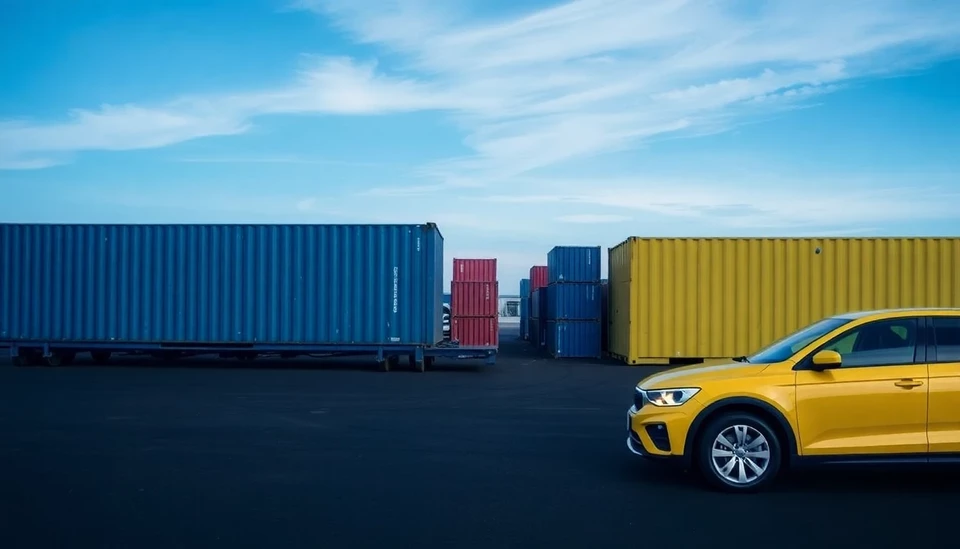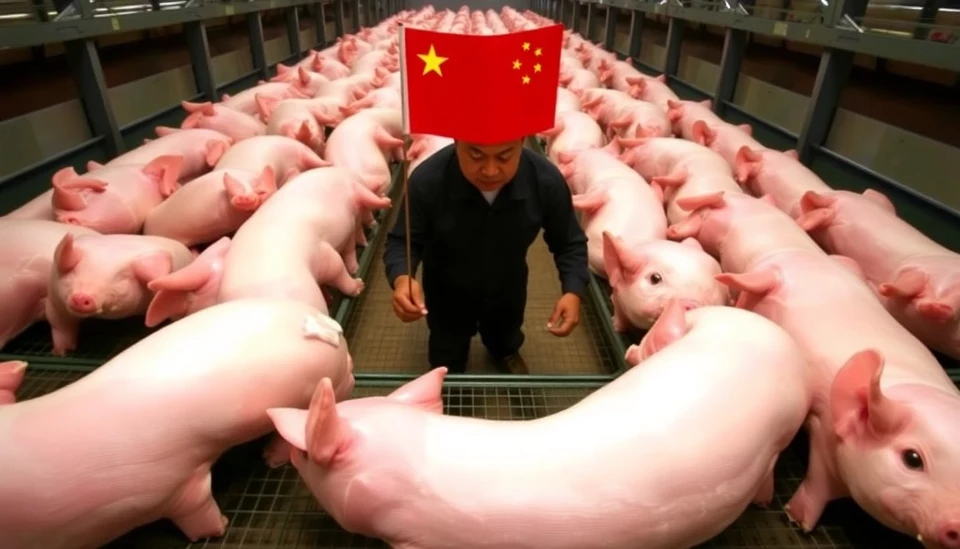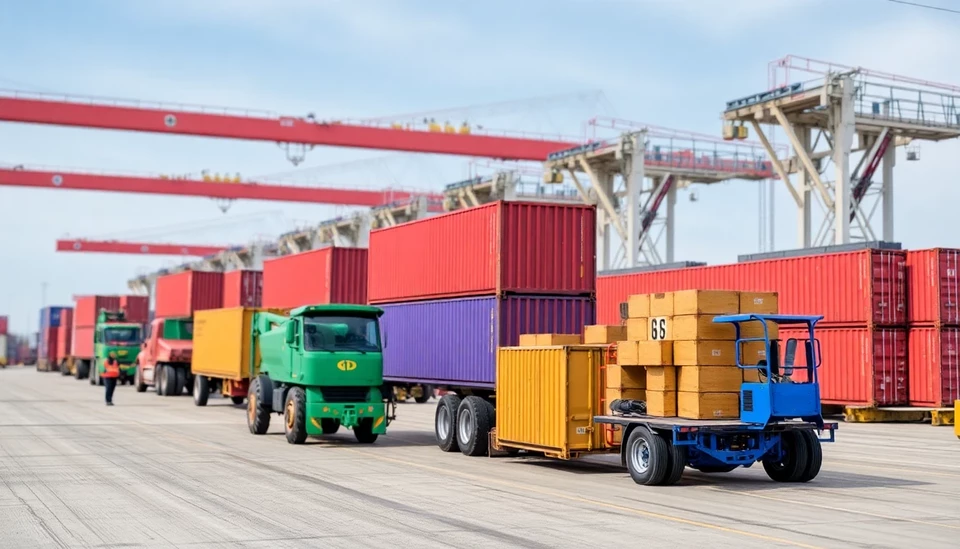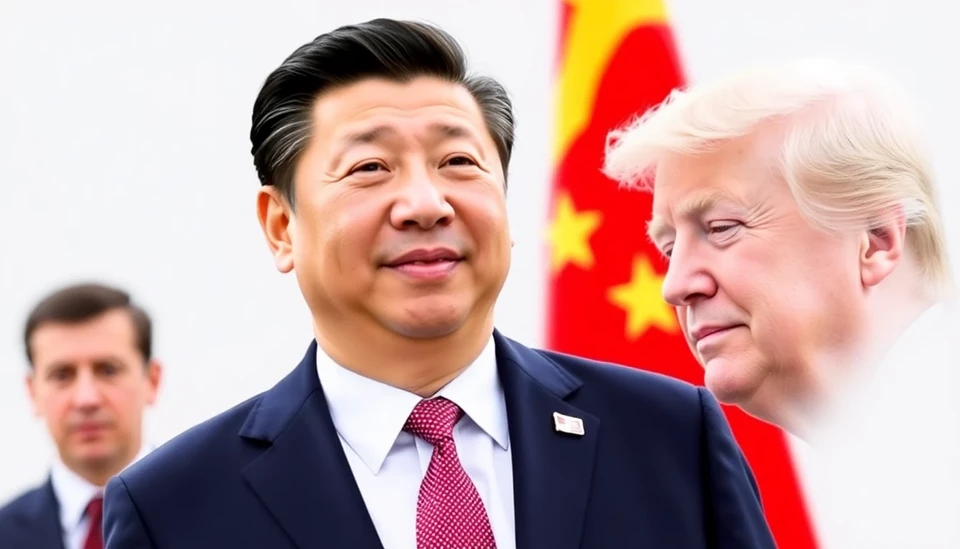
In a move that is poised to reshape the automotive industry, the U.S. government has announced a series of substantial new tariffs on imported vehicles and auto parts, effective immediately. These tariffs are aimed primarily at foreign manufacturers, significantly raising their costs and complicating their operations in a market that is increasingly competitive and price-sensitive.
This fresh round of tariffs, which could go as high as 30%, is seen as a method to bolster domestic manufacturing and potentially safeguard thousands of American jobs. However, the impact on international automakers could be severe, leading to higher prices for consumers and reduced demand for imported vehicles. The tariffs are part of a broader strategy by the U.S. administration to encourage domestic production in the face of rising geopolitical tensions and trade imbalances.
Industry analysts are already forecasting a ripple effect throughout the automotive supply chain. The car manufacturing landscape is likely to see shifts as foreign automakers evaluate their investment strategies in the U.S. market. Executives within these companies are now faced with the challenging task of recalibrating their operational frameworks to meet new financial constraints without sacrificing growth or innovation. Many are contemplating the feasibility of shifting production to U.S. soil to avoid tariffs altogether, which could entail significant capital expenditure and logistical reconfiguration.
For investors, the new tariffs introduce a layer of uncertainty. The automotive sector, which has traditionally been viewed as a solid long-term investment, now warrants a reevaluation. Financial analysts are advising stakeholders to assess the resilience of companies within the industry to adapt to these evolving circumstances. Some manufacturers may benefit from tariff-induced price hikes, while others will struggle with diminished sales and profitability as consumer prices increase.
Furthermore, these tariffs have reignited discussions around sustainability and electric vehicle production. As consumers become more environmentally conscious, the demand for electric vehicles is expected to rise, presenting an opportunity for companies that can pivot quickly to meet emerging trends. However, the added costs associated with tariffs could hinder investments in this sector unless mitigated effectively.
As U.S. consumers consider the implications of these tariffs, they may gravitate toward domestic automakers, which could lead to a pronounced shift in market dynamics. This situation ultimately underscores the complex intersection of economics, politics, and consumer behavior in the modern automotive landscape. Stakeholders across the board—government officials, manufacturers, investors, and consumers—will need to navigate these changes cautiously as the industry adapts to the new norms.
As the effects of these tariffs begin to materialize over the coming months and years, the broader implications for the U.S. economy, job market, and global trade relationships will be closely monitored. The outcome remains uncertain, but one thing is clear: the automotive sector is on the brink of a significant transformation.
#Tariffs #AutomotiveIndustry #InvestmentChallenges #USManufacturing #CarManufacturers #TradePolicy #Economics #ElectricVehicles
Author: Rachel Greene




